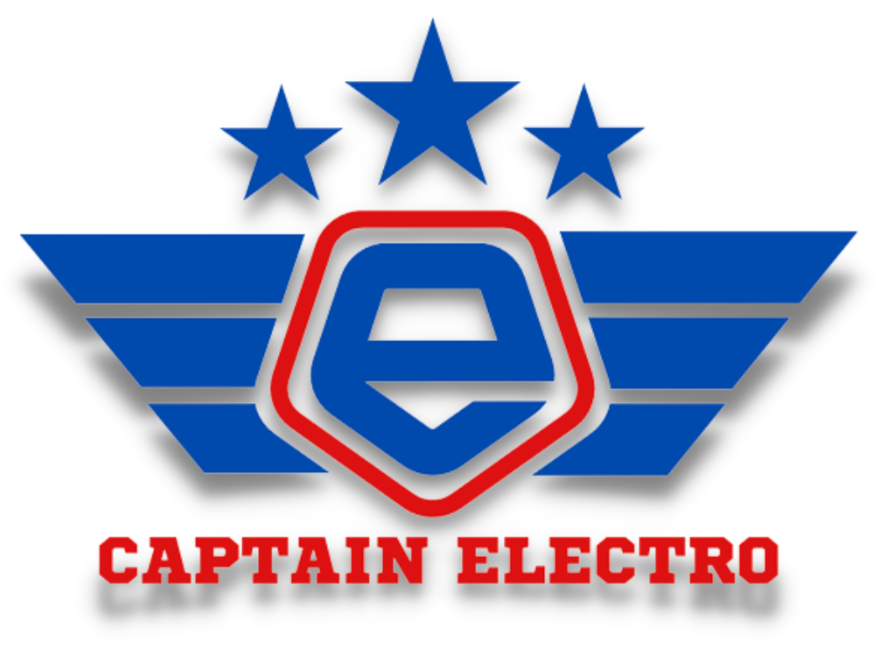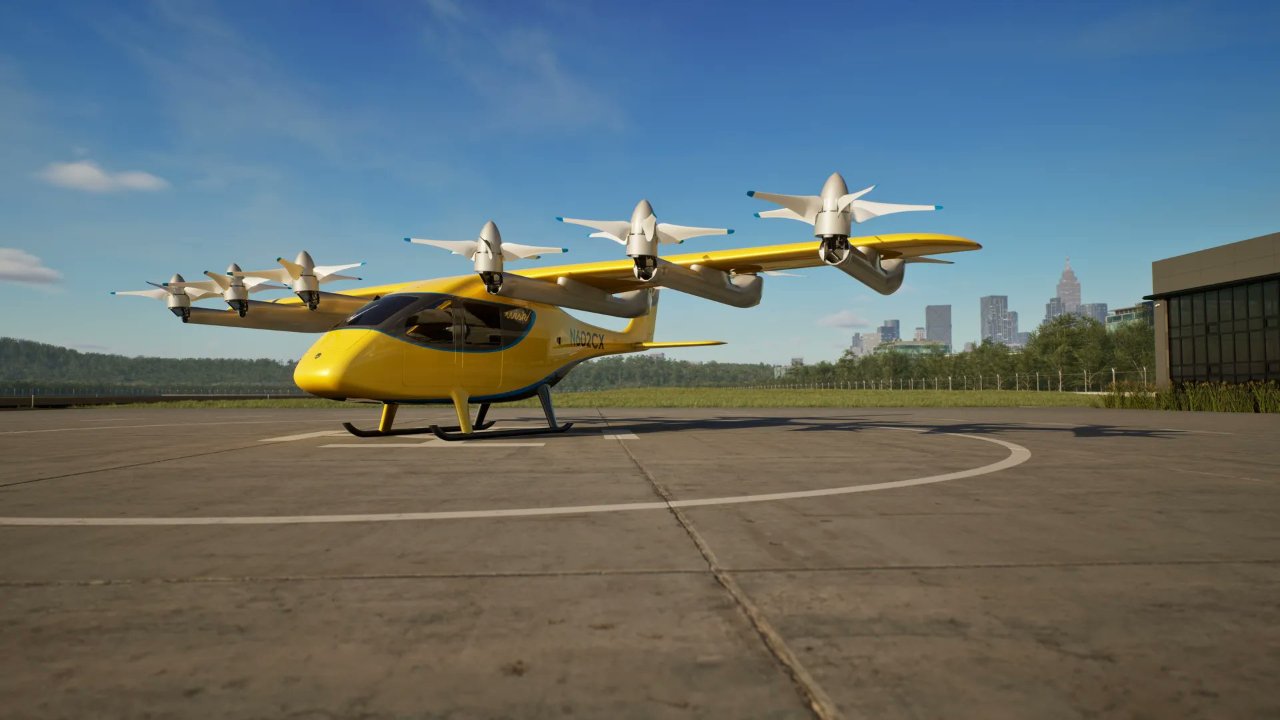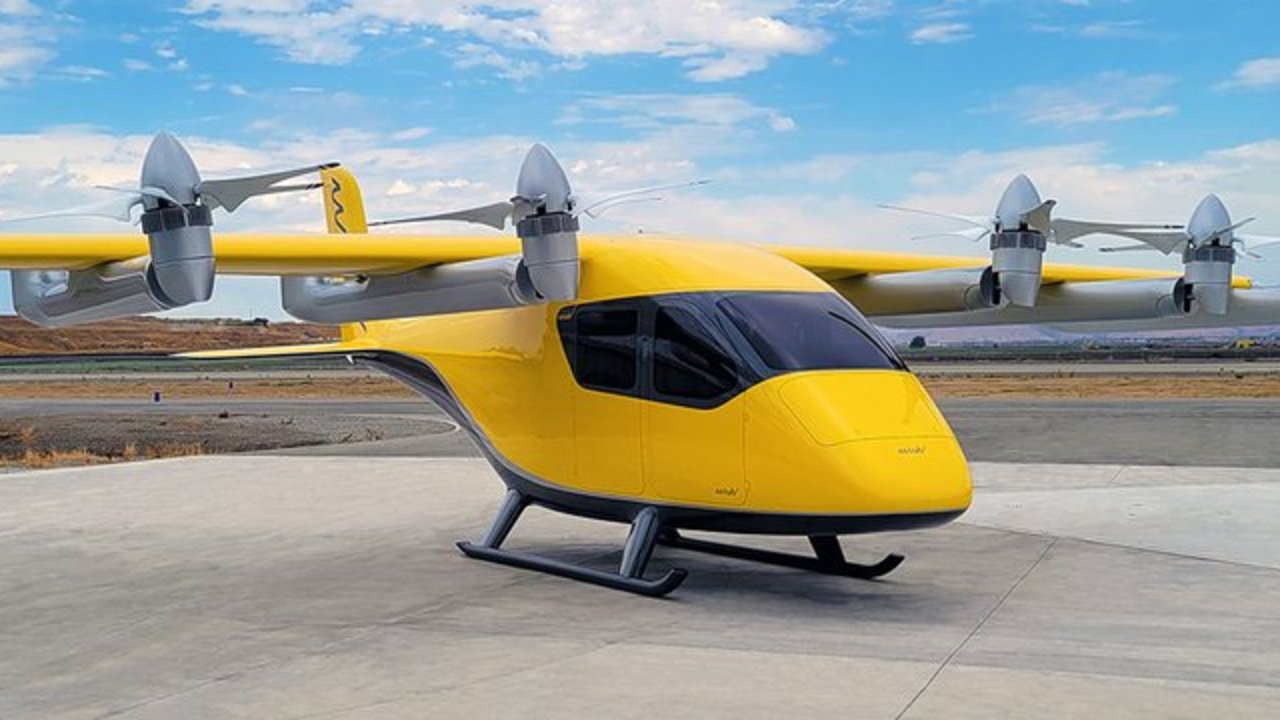Flying Taxis Are Coming… Seriously, Don't Panic. Or Do. Your Call…
Image Credit: Wisk Aero.
I've got some absolutely thrilling news from the Paris Air Show, where they're still trying to convince us that air travel can be glamorous, even when it's going to be ferrying us around like slightly bewildered, airborne parcels.
This isn't about some sleek new supersonic jet or a yacht that doubles as a submarine (though I wouldn't say no). No, this is about the electric revolution finally taking to the skies in a way that doesn't involve a confused pigeon and a very long piece of string. I'm talking about air taxis. And specifically – self-driving air taxis. Yes, soon, your Uber driver might not even have a pulse.
The purveyor of this futuristic aerial ballet is none other than Wisk Aero, a wholly-owned subsidiary of Boeing, which immediately gives one a certain sense of scale. They're not exactly tinkering in a garden shed, are they? These chaps, operating out of sunny California, have been at this for a good seven years now, developing their flagship model, the "Cora."
Image Credit: Wisk Aero.
Cora, for those of you who haven't been meticulously following the nascent eVTOL (electric Vertical Take-Off and Landing) industry, is an autonomous, all-electric aircraft. It's seen a few iterations so far, but if they're still calling it "Cora" after seven years of development, it suggests they're either incredibly attached or have run out of names. My money's on the latter.
Wisk recently decided to sweeten their existing deal with NASA - if anyone knows about getting things off the ground, it's those chaps. They've committed another five years to research, with the audacious goal of bringing regulated, autonomous air taxi flights to the general public by, and I quote, "the end of the decade." The end of the decade! That's just around the corner! It's enough to make me wonder if my current car, which occasionally forgets where it's going with me at the wheel, will be completely obsolete by then. Probably.
And where will these curiosities of modern engineering be ferrying us about, aside from, one assumes, directly into the arms of the next existential crisis? Wisk, being the ambitious bunch they are, wasted precisely zero seconds at the Paris Air Show (who has time for croissants when there's money to be made?) and announced two rather significant deals.
Image Credit: Wisk Aero.
One is with the good ol' U.S. of A., specifically Miami, Florida, which could probably do with a new way to get through traffic that doesn't involve a motorboat. The other is with the rather charmingly named City of Kaga, Ishikawa, in Japan. From the land of perpetual sunshine and questionable fashion choices to the land of exquisite efficiency and bullet trains – quite the contrast…
Let's delve into the Miami machinations first. Wisk has inked a couple of Memoranda of Understanding (MoUs) – which, if you're not up on your corporate jargon, basically means, "We've agreed to agree on something, eventually." One MoU is with the Miami-Dade Aviation Department (MDAD), which, I'm reliably informed, is responsible for anything with wings that lands in Miami. Their plan is to work together to figure out where exactly these new "vertiports" can be plonked down at existing airports. Miami International Airport (MIA), Miami Executive Airport (KTMB), and Opa-Locka Executive Airport (OPF) will get one each, and Wisk will provide the technical nitty-gritty on how to build these futuristic landing zones. MDAD, in return, will weave this airborne wizardry into their current airport development plans. What could possibly go wrong?
The other Miami-based MoU is with the University of Miami's Engineering Autonomy Mobility Initiative (MEAMI). Wisk will get access to the university's facilities, presumably to poke around with fancy equipment and collaborate on R&D for autonomous aerial operations. They'll be dissecting regulations, pondering safety, exploring business opportunities, and trying to snag some grants. Wisk CEO Sebastien Vigneron (a man whose name sounds suspiciously like he invented a particularly delicious kind of wine, not flying cars) declared that Miami's "long-standing support for AAM" (that's Advanced Air Mobility) makes it a "natural fit." Translation: Miami probably just wants to be first, regardless of how much sense it makes.
Image Credit: Wisk Aero.
Here's a curious bit that's actually quite important. Wisk is aiming for a price target of a rather modest $3.00 per passenger per mile. If you're commuting 20 miles, that's $60.00. Sounds reasonable, right? Until you realize you still have to get to and from the vertirport, and then suddenly your "air taxi" is less of a taxi and more of an expensive, very short joyride.
Wisk clearly decided one continent wasn't enough for their world domination plans. They rolled out a second press release from the Air Show, announcing a three-way MoU with the City of Kaga, Ishikawa, and a subsidiary of Japan Airlines, JAL Engineering Co., Ltd (JALEC). Why Kaga City? Because the Japanese government has designated it a "national strategic special zone" specifically for the development, testing, and validation of autonomous air mobility. It's a giant, government-sanctioned playground for flying robots.
Kaga City's mayor, Riku Miyamoto, was practically giddy, stating that Kaga City, despite its modest population of about 62,000, can "carry out bold regulatory development in Japan." He even pointed out that not being a bustling metropolis like Tokyo or Osaka means there's "a high degree of freedom as a research and development field." In other words, if it all goes pear-shaped, fewer people will notice.
Image Credit: Wisk Aero.
Joking aside, it sounds like a rather sensible approach. This three-party agreement will see Wisk, Kaga City, and JALEC delve into regulatory systems, analyze the local market (presumably to see if Kaga City residents actually want to be whizzed around by a pilotless wonder), and establish a supply chain for local manufacturing. Building the plane where you fly the plane - how terribly original.
The aircraft itself, the Cora Gen 6, is quite the piece of kit. It's an all-electric, four-seater with a wingspan of less than 50 feet. It cruises at a respectable 110 to 120 miles per hour, with a range of 90 miles, including reserves, and it can be recharged in about 15 minutes. The Gen 6 has 12 propellers, six tilting ones at the front for vertical lift and six fixed ones at the rear for forward flight. It's designed to be quiet, efficient, and safe, with multiple redundancies and no single point of failure. Its payload capacity is a generous 900 pounds, so you and three of your closest (and not-too-heavy) friends, plus a bit of luggage, should fit comfortably.
Wisk Aero has big plans for both Miami and Kaga City. Autonomous, electric air taxis to the masses by the end of the decade? I wonder if it will be a seamless transition, whisking us from rooftop to rooftop in blissful silence. Or will it be a series of misadventures involving misplaced luggage, unexpected diversions, and perhaps the occasional mid-air traffic jam?





